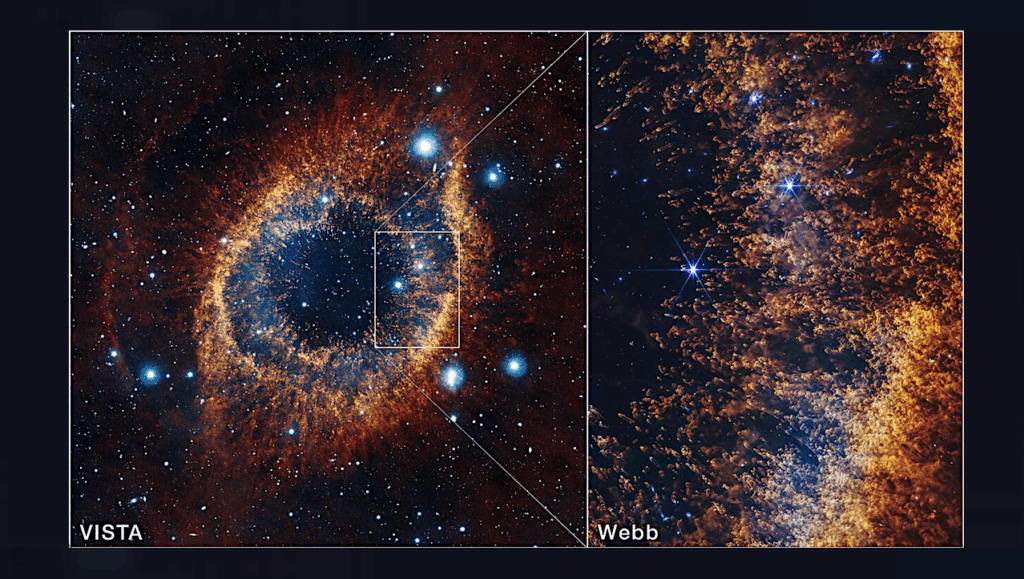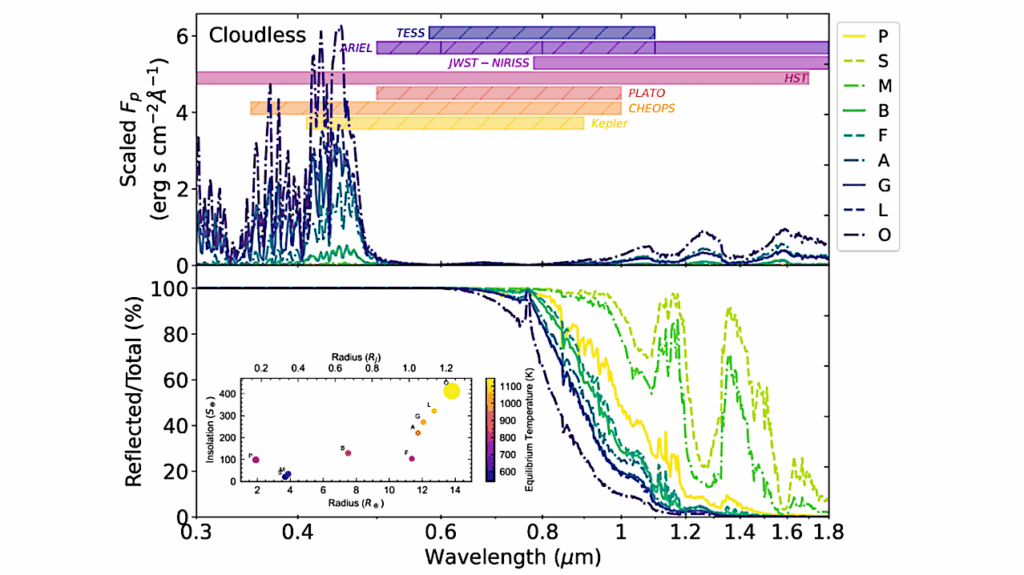The Habitable Exoplanet Observatory (HabEx) Mission Concept Study Final Report

The Habitable Exoplanet Observatory, or HabEx, has been designed to be the Great Observatory of the 2030s.
For the first time in human history, technologies have matured sufficiently to enable an affordable space-based telescope mission capable of discovering and characterizing Earthlike planets orbiting nearby bright sunlike stars in order to search for signs of habitability and biosignatures.
Such a mission can also be equipped with instrumentation that will enable broad and exciting general astrophysics and planetary science not possible from current or planned facilities. HabEx is a space telescope with unique imaging and multi-object spectroscopic capabilities at wavelengths ranging from ultraviolet (UV) to near-IR. These capabilities allow for a broad suite of compelling science that cuts across the entire NASA astrophysics portfolio.
HabEx has three primary science goals: (1) Seek out nearby worlds and explore their habitability; (2) Map out nearby planetary systems and understand the diversity of the worlds they contain; (3) Enable new explorations of astrophysical systems from our own solar system to external galaxies by extending our reach in the UV through near-IR. This Great Observatory science will be selected through a competed GO program, and will account for about 50% of the HabEx primary mission. The preferred HabEx architecture is a 4m, monolithic, off-axis telescope that is diffraction-limited at 0.4 microns and is in an L2 orbit. HabEx employs two starlight suppression systems: a coronagraph and a starshade, each with their own dedicated instrument.
B. Scott Gaudi, Sara Seager, Bertrand Mennesson, Alina Kiessling, Keith Warfield, Kerri Cahoy, John T. Clarke, Shawn Domagal-Goldman, Lee Feinberg, Olivier Guyon, Jeremy Kasdin, Dimitri Mawet, Tyler Robinson, Leslie Rogers, Paul Scowen, Rachel Somerville, Karl Stapelfeldt, Christopher Stark, Daniel Stern, Margaret Turnbull, Rashied Amini, Gary Kuan, Stefan Martin, Rhonda Morgan, David Redding, H. Philip Stahl, Ryan Webb, Oscar Alvarez-Salazar, William L. Arnold, Manan Arya, Bala Balasubramanian, Mike Baysinger, Ray Bell, Chris Below, Jonathan Benson, Lindsey Blais, Jeff Booth, Robert Bourgeois, Case Bradford, Alden Brewer, Thomas Brooks, Eric Cady, Mary Caldwell, Rob Calvet, Steven Carr, Derek Chan, Velibor Cormarkovic, Keith Coste, Charlie Cox, Rolf Danner, Jacqueline Davis, Larry Dewell, Lisa Dorsett, Daniel Dunn, Matthew East, Michael Effinger, Ron Eng, Greg Freebury, Jay Garcia, Jonathan Gaskin, Suzan Greene, John Hennessy, Evan Hilgemann, Brad Hood, Wolfgang Holota, Scott Howe, Pei Huang, Tony Hull, Ron Hunt, Kevin Hurd, Sandra Johnson, Andrew Kissil, Brent Knight, Daniel Kolenz, Oliver Kraus, John Krist, Mary Li, Doug Lisman, Milan Mandic, John Mann, Luis Marchen, Colleen Marrese-Reading, Jonathan McCready, Jim McGown, Jessica Missun, Andrew Miyaguchi, Bradley Moore, Bijan Nemati, Shouleh Nikzad, Joel Nissen, Megan Novicki, Todd Perrine, Claudia Pineda, Otto Polanco, Dustin Putnam, Atif Qureshi, Michael Richards, A.J. Eldorado Riggs, Michael Rodgers, Mike Rud et al. (71 additional authors not shown)
(Submitted on 18 Jan 2020)
Comments: Full report: 498 pages. Executive Summary: 14 pages. More information about HabEx can be found here: this https URL
Subjects: Instrumentation and Methods for Astrophysics (astro-ph.IM)
Cite as: arXiv:2001.06683 [astro-ph.IM] (or arXiv:2001.06683v1 [astro-ph.IM] for this version)
Submission history
From: B. Scott Gaudi
[v1] Sat, 18 Jan 2020 15:11:43 UTC (82,231 KB)
https://arxiv.org/abs/2001.06683
Astrobiology








